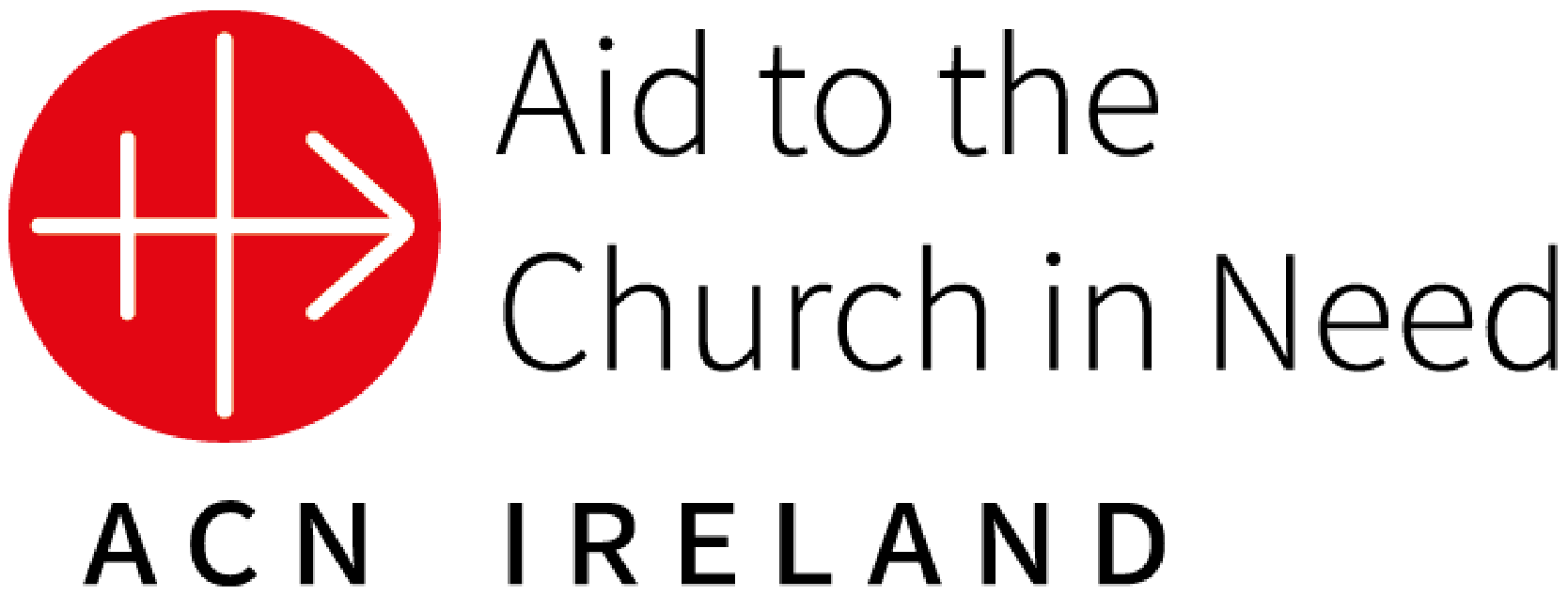Cahernorry Mass Rock
Mass Rocks are an important part of the history of the Irish Church. In this article, James Keane takes a closer look at the Cahernorry Mass Rock.
By James Keane
Cahernorry Mass Rock. (Credit: James Keane)
Following Cromwell's campaign against the Irish from 1649-53, celebrating Mass was outlawed. A breach of this law was punishable by death. Fr Nicholas Mayler, P.P. Tacumshane and Tomhaggard, Co. Wexford was killed on Christmas Morning 1653 while celebrating Mass. He and his parishioners had secretly gathered for Mass in the corner of a field, on the Devereux farm, after the village church had been destroyed by Cromwellian soldiers. A stone from the ruin of the church was brought to the field and was used as an altar; these stones came to be called Mass rocks. Because of the risks associated with celebrating Mass during these Penal Times, isolated locations were sought for the Eucharistic celebration.
A penal cross that would have been used at clandestine Masses in Ireland during the penal laws. (Credit: Aid to the Church in Need)
In Donoughmore parish, there exists one such Mass Rock in the townland of Carrigmartin, Ballyneety at 52.610790N, 8.561232W, 69 metres above sea level, 15 metres above the local Kilmallock road (R512) and is recessed 160 metres to the west of it. It is located towards the top of the hill, behind a two-story house (V94 A7VP) and is shaded just inside the perimeter of a wooded area on Seamus Martin’s land. The hand shaped Mass rock is resting on a shelf-like rock protruding from beneath the ground. It is 2.3 metres in length, 1.4 metres in width and 0.6 metres in depth. The top of the rock is contoured as follows: the front half, resembling the fingers, is level and appears to have been flat but is now eroded from weathering; the rear half of the rock, resembling the palm, is flat and elevated upwards at about 45° degrees from the front of the rock leaving it aligned with the slope of the hill.
The hand shaped Mass rock brings to mind the Hand sculpture at the Department of Education (Dublin), but more importantly the words of the prophet Isaiah, ‘I have carved you on the palm of my hand’ (49:15). The hand motif appears throughout the Bible. In using it, God expresses his supportive care and love for mankind. These words of Isaiah show God creating each of us in the protective care of the palm of his hand. Throughout Jesus’ life, He touched people with His hand to bring miraculous healing to their minds and bodies. Finally, He took bread in His hands at the Last Supper before blessing it and sharing it with His apostles. Isn’t it be heartening to think that the craftsmen of this Mass rock had perhaps some of these thoughts in their minds when designing and sculpting it into its current shape?
While being concealed from view when the trees were in foliage, the location of the Mass rock also offers a panoramic view from its elevated position above the surrounding countryside, thus making it an ideal lookout post. This made the job of maintaining the safety of those attending Mass much easier. The rock looks eastward across the county boundary to the Slieve Felim Mountains in Tipperary. Each morning, it is first in this parish to be blessed with the light from the rising sun. In both geographical and theological terms, we can say the Mass rock is so highly enthroned on the hillside of Carrigmartin that it truly is Lord of all it surveys.
Holy Mass being celebrated at Cahernorry Mass Rock. (Credit: Aid to the Church in Need)
During the Papal Mass for the first time on Irish soil, on September 29th, 1979, in the Phoenix Park, Pope John Paul II made reference to the Mass rock within the context of our historical devotion to the Mass. He said:
“I am living a moment of intense emotion. As I stand here, in the company of so many hundreds of thousands of Irish men and women, I am thinking of how many times, across how many centuries, the Eucharist has been celebrated. How many and varied the places where the Masses have been offered, in stately mediaeval and in splendid modern cathedrals, in early monastic and in Modern Churches; at Mass rocks in the glens and forests by hunted priests, in poor thatched-covered chapels, for a people poor in worldly goods but rich in the things of the Spirit, in “wake houses” or “station houses” or at great open-air hostings of the faithful – on top of Croagh Patrick and at Lough Derg.
Today I wish to express the gratitude of Jesus Christ and his Church for the devotion Ireland has shown to the Holy Eucharist. As Successor of Peter and Vicar of Christ, I assure you that the Mass is indeed the source and summit of your own Christian life.”
The Gospel stories of feeding the multitudes prefigure the Eucharist and in a sense prefigure the celebration of the Eucharist at Mass rocks. Jesus was outdoors, like the hunted priests. It was remote, isolated and distant from where people inhabited. Jesus was outdoors with His followers, like the hunted priests and His devotees. Finally, Jesus takes the responsibility upon himself to feed these people. He "took the seven loaves, and after giving thanks he broke them and gave them to his disciples to distribute; and they distributed them to the crowd" (Mk 8:6). The Eucharist, the food for Jesus’ disciples, is nourishment on the daily pilgrimage they make as they draw ever closer to life eternal.



